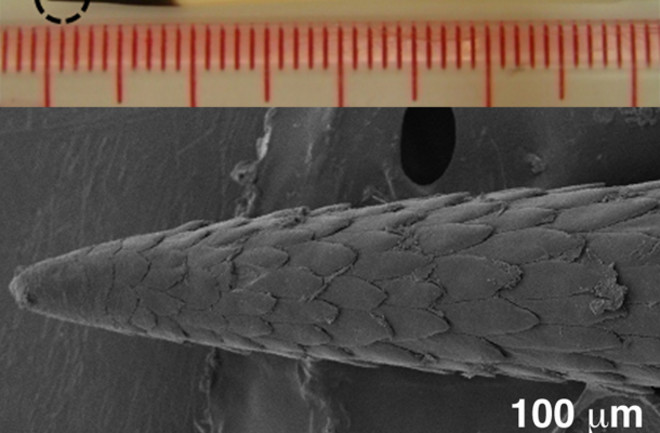A shorter version of this story appears at Nature News.
In August of this year, Allison Noles rushed her bulldog Bella Mae to the vet. The dog’s face looked like a pincushion, with some 500 spines protruding from her face, paws and body. The internet is littered with such pictures, of Bella Mae and other unfortunate dogs. To find them, just search for “porcupine quills”.

